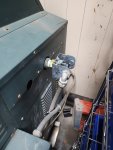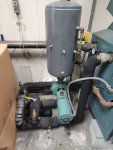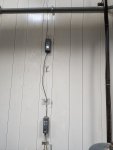I am trying to get the floor heat going at my new site, but can't get the flow switch to work properly. I've tried every size paddle with no luck. If I open the bypass, it gets enough flow and the contact makes, but I can't leave it that way since the bypass is supposed to be closed. Circ pump is running, so that's not the issue. What am I missing? Here is how it looks:










